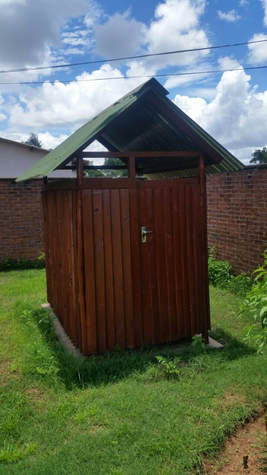Collecting Sputum Samples
In order to diagnosis TB, clinicians may order a sputum sample to be collected from the patient. Below is a sample protocol that can be used to ensure sputum samples are properly collected and followed up:
|
|
Contact Us | [email protected]
Terms and Conditions Tingathe© is a registered trademark of Baylor College of Medicine Children's Foundation-Malawi Special thanks to Chris Cox, Robbie Flick, Louis Hugo, Smiley Pool, and Rachael Sabelli for the site photographs. Please do not reproduce. |

